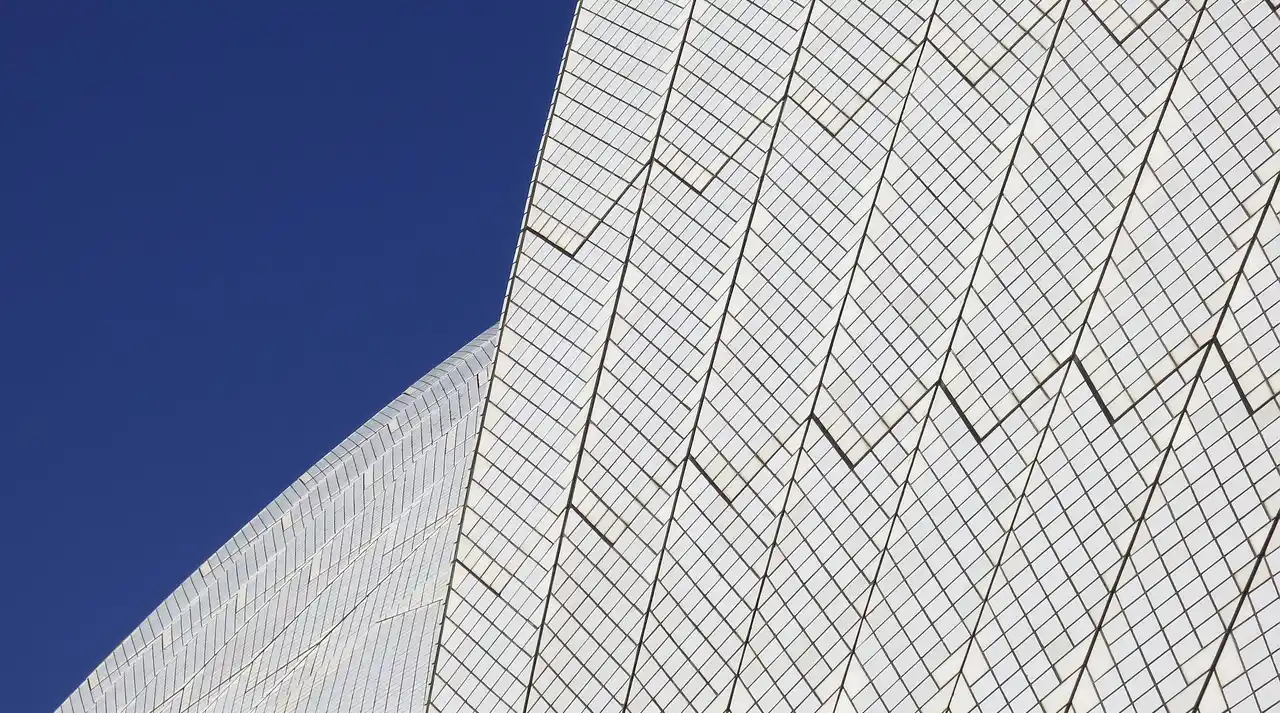The large and continually growing supply of apartments in Melbourne is failing to deter offshore investors.
High supply levels of inner-city apartments has plenty of potential local investors a little hesitant but it’s a hesitancy not shared from foreign investors, particularly those from Asia.
The central business district of Melbourne is set to house 40 per cent of all new apartments planned for the inner suburbs according to the latest research from BIS Shrapnel.
According to the report the falling demand for inner-city apartments has been offset but the rise in overseas investors which has stimulated a new round of apartment pre-sales and construction activity.
“Demand for inner city apartments by overseas investors shows little signs of abating despite the impact on rents and prices of further sizeable new additions to the rental stock across inner Melbourne,” the report said.
Property investors rather than owner-occupiers are behind the growth in apartments, with 58 per cent of inner-Melbourne apartments being rentals.
The Abbott Government recently proposed bringing in a $5000 fee for foreigners who apply to buy property in Australia that’s under $1 million and $10,000 for every $1 million extra on top of that.
Angie Zigomanis from BIS Shrapnel told The Age he doesn’t think the fees would make much difference to the foreign investment interest.
“It might have an effect at the margins, however looking at $5,000 for a property under $1 million, I suspect it won’t,” he said.
“The main reason the CBD is seeing most of the developments is that it has fewer restrictions from a planning perspective.”
“You can build taller and denser in the CBD.”
The inner-city market includes the CBD, Southbank, Docklands, St Kilda Rd, Queens Rd, Carlton, Port Melbourne, St Kilda and South Yarra and Mr Zigomanis said apartment investors in brand new and existing apartments would have to be attractive with their rents to stay competitive.
The vacancy rate of these apartments has steadily been rising to 3.8 per cent currently, which is 0.8 per cent above the 3 per cent level that is considered a balanced market.
Director of Hockingstuart in Brunswick Rob Elsom also spoke to The Age and said the signs were actually positive for Melbourne’s apartment market.
“There were many apartments passing in last year, but now they are doing well and selling,” he said.



